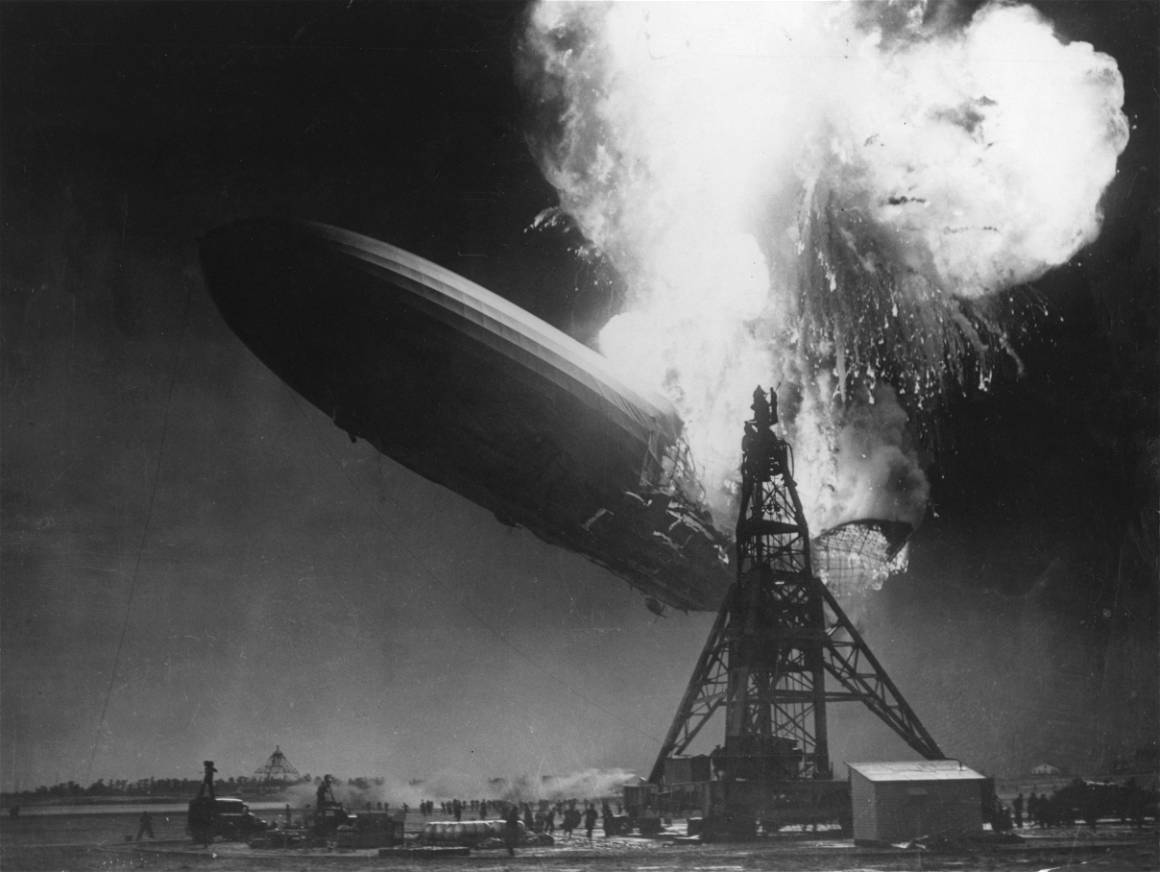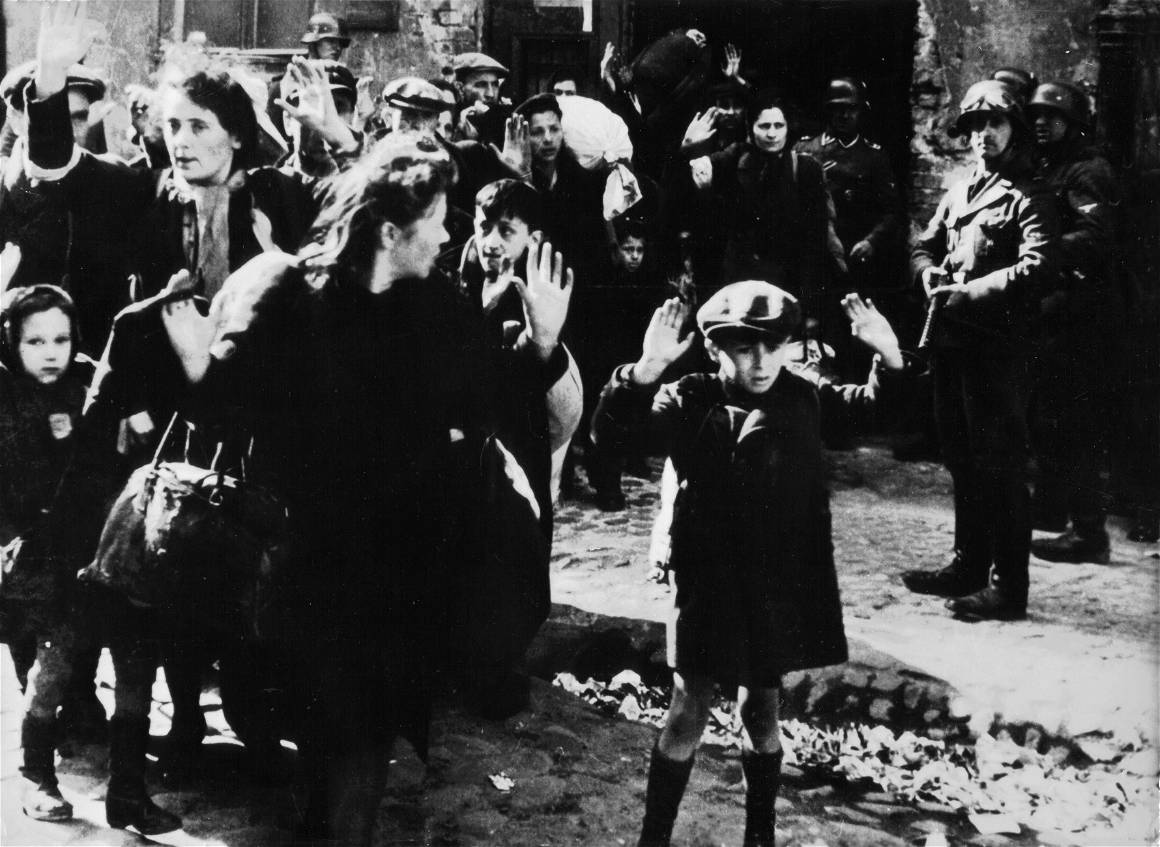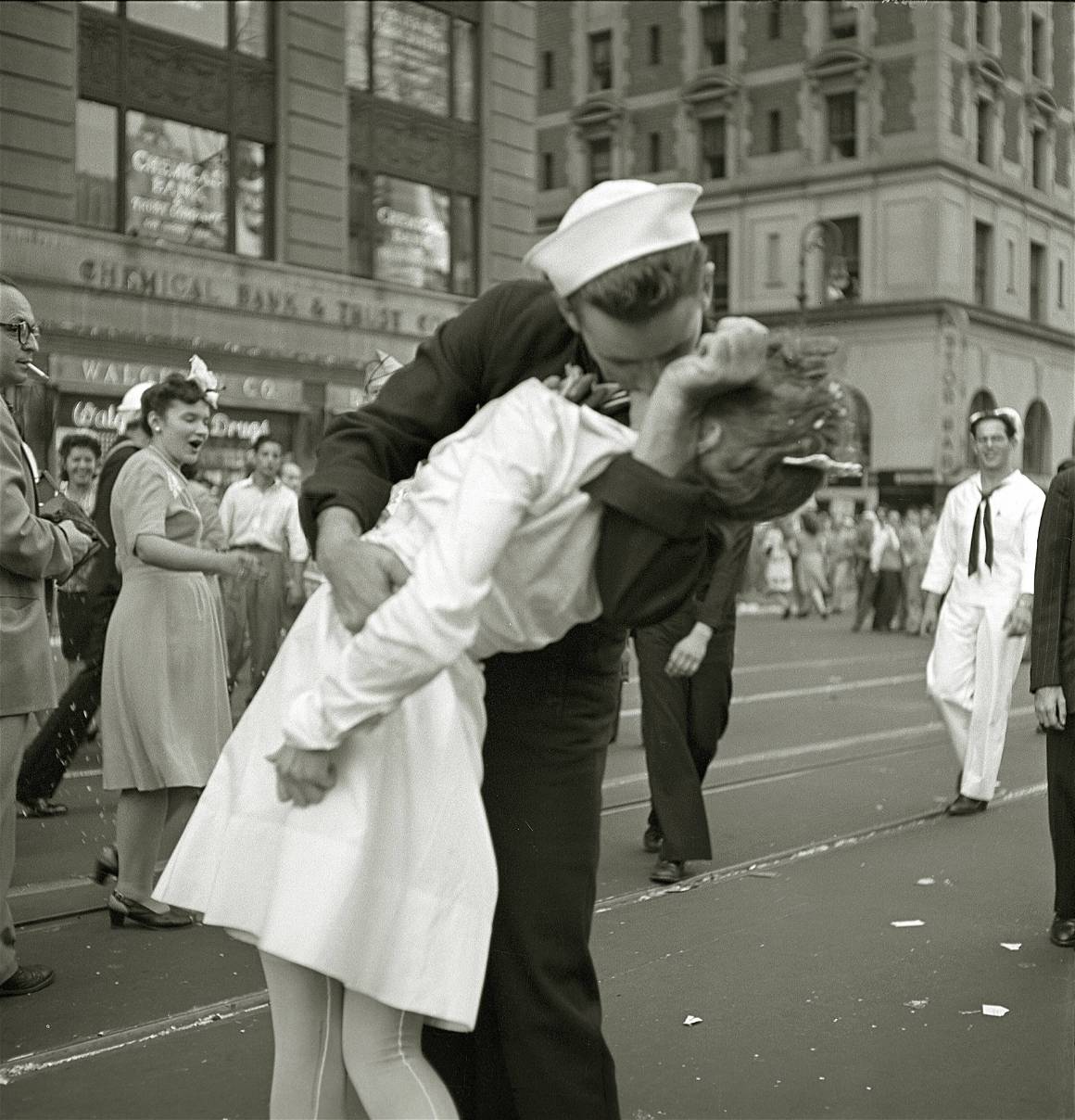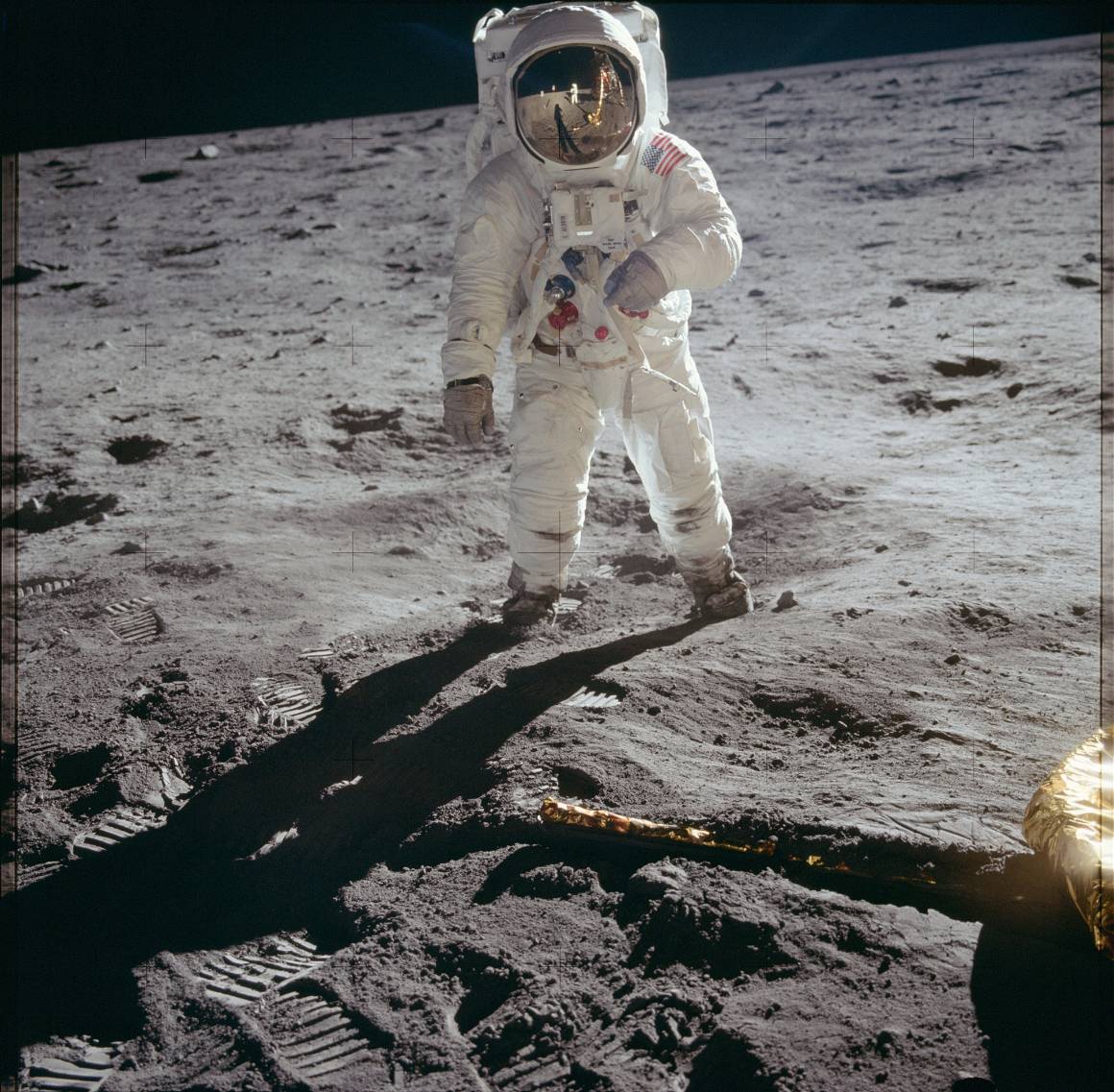IMAGO has curated a collection of historical photographs that highlight important times in history. This article delves into the second part of the collection, exploring the stories behind each iconic image and the meaningful moments they capture.

Witnessing History: The Power of Iconic Photographs
Photography has been a witness to some of the most critical moments in history, documenting and capturing events that have shaped our world. From iconic moments of triumph and struggle to devastating tragedies, these photographs have transcended time and continue to inspire, inform, and challenge us today. This feature showcases some of the most important and iconic photographs in history that have left an indelible mark on our collective memory.
Beyond mere snapshots, these images represent powerful visual narratives that tell stories of the human experience. One photo captures a woman sitting in a bus, gazing out the window as if lost in thought, while the world around her disappears. Another depicts a massive smog cloud in the shape of a mushroom, casting a dark shadow over the city. And then there is the heart-wrenching image of a young Jewish child, his small hands raised in horror, as a Nazi points a gun at him. These photographs are haunting, powerful, and unforgettable reminders of our shared human experience, capturing moments of both triumph and tragedy.
In this article, we delve deeper into the stories behind these iconic photographs and explore the impact they have had on society and culture.
The End of Rigid Airship Era Captured by Photos, 1937

On May 6, 1937, the German airship Hindenburg crashed into Lakehurst, New Jersey, creating a disastrous event that had a significant impact on the future of air transport.
The Hindenburg was a luxurious and innovative airship, representing the future of air travel. However, the tragedy that occurred as it made its way from Germany to the United States resulted in the end of an era.
The crash was meticulously documented, as reporters and photographers eagerly waited for the arrival of the Hindenburg due to the significant news value. Images of the disaster were widely circulated and played a pivotal role in ending the use of rigid airships. Among the photographers one who captured the event was Sam Shere.
The disaster was believed to have been caused by a potential difference between the airship and the atmosphere, resulting in a fire that claimed the lives of thirty-five passengers and crew members, as well as one member of the ground crew.
The Warsaw Ghetto Boy, a Symbol of Millions of Innocent People, 1943

A Jewish boy surrounded by Nazi soldiers with raised hands and a fearful expression as they point guns at him in the Warsaw ghetto: an iconic image representing the horrors of the Holocaust. The identities of the people in the photo, including the boy, are still unknown, with one notable exception: the man holding the gun to the boy is SS-Rottenführer Josef Blösche.
The photo’s day of capture is also unclear, but it was possibly taken in April or May of 1943, during the Warsaw Ghetto Uprising. Although the identity of the photographer has not been confirmed, it is widely assumed to be Jürgen Stroop. He had been photographing the suppression described in the so-called Stroop Report. The photo, which was captioned “Mit Gewalt aus Bunkern hervorgeholt” meant “Forcibly pulled out of bunkers” in the Stroop report, depicts a group of arrested Jews being forced out of a building by Nazists. The boy and others tried to hide in a bunker during the final stages of the ghetto’s liquidation, but they were discovered and expelled by Nazi soldiers. All the Jews in the photo were taken to the Umschlagplatz, where they were sent to the Majdanek or Treblinka death camps. After the war, Blösche was executed by firing squad after receiving a death sentence from an East German court in 1969.
The identity of the boy in the photograph has been kept secret even though many claimed to know him, but it has become one of the most iconic images of the Holocaust and has come to symbolize Jewish children who were killed during the genocide.
Mushroom Cloud Over Nagasaki, 1945

The photographs from the mushroom cloud over Nagasaki captured by Charles Levy, George R. Caron, and Hiromichi Matsuda document one of the most horrific events in human history. The photos show the mushroom cloud that formed over Nagasaki on August 9, 1945, after the United States dropped the atomic bomb “Fat Man.”
Charles Levy was a bombardier in the original crew of the Bockscar and participated in the mission to drop the second atomic bomb on Nagasaki. Due to a technical issue with the flight equipment, Levy flew in the observation plane, which provided instrument support during the flight to Nagasaki. It was on this flight that Levy took the photograph of the mushroom cloud over Nagasaki.
The photos were taken with Levy’s personal camera since the physicist with the high-speed Fastax camera, who was supposed to capture the explosion from the camera plane, was unable to join the mission due to an accident. “We saw this big plume climbing up into the sky,” he said later about the moment that the bomb was dropped. Levy’s photograph became one of the most defining images of the explosion and serves as a powerful reminder of the devastation caused by the atomic bomb.
The photo from Hiromichi Matsuda, taken 15 minutes after the plutonium bomb over Nagasaki exploded, is said to be the earliest ever taken from the ground. These photos are considered to be one of the most powerful images of the 20th century and have become an iconic representation of the devastating consequences of nuclear warfare. The photographs have been widely used in history books, documentaries, and museums around the world. It is a reminder of the devastating impact of the atomic bomb on the city and its people.
V-J Day in Times Square, 1945
Did the photograph capture a celebration marking the end of the war, or does it depict a sexual assault?
“I saw a sailor running along the street grabbing any and every girl in sight. I was running ahead of him.”

One of the most famous images captured in the 20th century was taken by Alfred Eisenstaedt on August 14, 1945.
On the day when it was officially declared that World War II was over, he was out taking pictures for the Life Magazine. At Times Square, a guy grabbed a woman and kissed her to celebrate the war’s end, and German photographer Eisenstaedt was there to capture the moment.
“I saw a sailor running along the street, grabbing any and every girl in sight. I was running ahead of him with my Leica looking back over my shoulder but none of the pictures that were possible pleased me. Then suddenly in a flash, I saw something white being grabbed. I turned around and clicked the moment the sailor kissed the nurse.” Eisenstaedt later explained about the photo.
The image went viral, becoming a symbol of victory and happiness at the war’s end. A story-driven picture that came to symbolize the 20th century’s triumph over global conflict.
In the modern era, however, the story behind the picture changed. A book detailing the history of the iconic shot was released in 2012. In “The Kissing Sailor,” the woman and man are identified and interviewed for the book. “The excitement of the war being over, plus I had a few drinks, so when I saw the nurse, I grabbed her, and I kissed her,” George Mendonsa, the sailor, acknowledged, though he didn’t know the woman.
During an interview, the nurse Greta Zimmer Friedman elaborated, “It wasn’t my choice to be kissed. The guy just came over and kissed or grabbed me.” Presently, the tale of V-J Day in Times Square has been replaced by a photograph that shows a sexual assault.
The Iconic Photograph of Rosa Parks, 1955

The iconic photograph of Rosa Parks refusing to give up her bus seat has become a symbol of the Civil Rights Movement. Taken by an anonymous photographer on December 1, 1955, the photo shows Parks sitting calmly on a Montgomery, Alabama bus, surrounded by white passengers who are standing.
Parks’ act of defiance in refusing to give up her seat to a white person was a catalyst for the Montgomery Bus Boycott and the wider Civil Rights Movement. The photograph captures the quiet strength and determination of Parks, who was arrested and fined for her actions but remained steadfast in her commitment to fighting for justice.
The iconic photo depicts Parks sitting next to the window while a white man is sitting behind her. Nicholas C. Chriss, the man aboard the bus, was a reporter for United Press International based in Atlanta at the time of the incident. He was not an angry Alabama segregationist who had been saved for posterity. Parks posed for the photograph while riding a bus on the day the bus boycott was lifted at the request of news reporters.
Today, the photograph remains an enduring reminder of the courage and resilience of those who fought for civil rights and a more just society.
The Iconic Earthrise Photo, 1968

In 1968, the iconic photographs of Earthrise was captured by astronaut William Anders during the Apollo 8 mission, marking a significant moment in history. The image, which shows the Earth rising above the moon’s horizon, provided a new perspective of our planet and sparked a newfound appreciation for its fragility and beauty.
The photo quickly became a symbol of the environmental movement, reminding us of our responsibility to protect and preserve our planet for future generations. It also inspired a sense of unity among people worldwide, highlighting the fact that we are all inhabitants of the same planet, sharing the same resources and facing the same challenges.
Historical Moments From Apollo 11, 1969

The iconic photographs of Apollo 11’s first human moon landing in 1969 captured some of the most significant moments in human history. Neil Armstrong’s famous words, “That’s one small step for man, one giant leap for mankind,“ as he became the first person to set foot on the moon, have been etched into our collective memory.
Buzz Aldrin in this mission, may not have been the first man on the moon, but he still achieved a unique form of history. Aldrin took all the photos since Armstrong had to carry the crew’s 70-millimeter Hasselblad. These iconic photographs have since become a symbol of human achievement and exploration, inspiring future generations to pursue their goals, and reminding us of what can be accomplished when we work together towards a common goal.
The article by Fatemeh Roshan is the second part of The Most Important Photos in History, “Iconic Photographs,” Chosen by IMAGO.


